Product-Led Growth – When the Product Sells Itself

Product-Led Growth – When the Product Sells Itself
What is Product-Led Growth (PLG)?
Product-led growth is a strategy where the product itself is the main tool for acquiring and retaining customers. Instead of spending fortunes on marketing and sales, companies invest in creating such a seamless user experience (UX) that the product “sells itself.”
The most famous examples include Dropbox, Slack, Zoom, or Canva – companies that achieved global success because their products were simple, intuitive, and addictive.
Key elements of PLG
- Freemium
- A free version of the product that delivers real value and hooks the user. The paid version unlocks additional features. Dropbox gained millions of users by offering free cloud storage.
- Viral loops
- The product encourages users to invite others – because it gets better with more people. Zoom spread thanks to the fact that every meeting participant had to download the app.
- UX as a growth engine
- When a product is so simple and intuitive that the user instantly sees its value, they become a brand ambassador. That’s why Slack replaced email in many companies.
Why does PLG work?
- Low entry barrier – users can try the product immediately instead of going through a long sales process.
- Scalability – the product spreads organically without proportional marketing costs.
- Faster feedback cycles – usage data enables quick improvements to features.
- Network effect – the more users, the greater the value of the product (e.g., communication tools).
Takeaway
Product-led growth isn’t just a trend – it’s a paradigm shift. In the digital era, the product itself, not the marketing department, becomes the main brand ambassador.
Companies that focus on freemium, viral loops, and great UX can grow faster than competitors spending millions on advertising. It’s an especially attractive path for startups and tech firms aiming for global growth with limited resou
Przeglądaj inne artykuły

Software That Never Launches: Why Continuous Evolution Is Replacing Releases and Roadmaps

Digital Products Without Users: When Software Works Entirely Machine-to-Machine

Unbundled Platforms: Why the Future of Digital Products Belongs to Ecosystems, Not Single Applicatio

Silent Software: Why the Most Valuable Digital Products of the Future Will Be the Ones Users Barely

Cognitive Commerce: How AI Learns to Think Like Your Customers and Redefines Digital Shopping

Predictive UX: How AI Anticipates User Behavior Before It Happens

AI-Driven Product Innovation: How Intelligent Systems Are Transforming the Way Digital Products Are
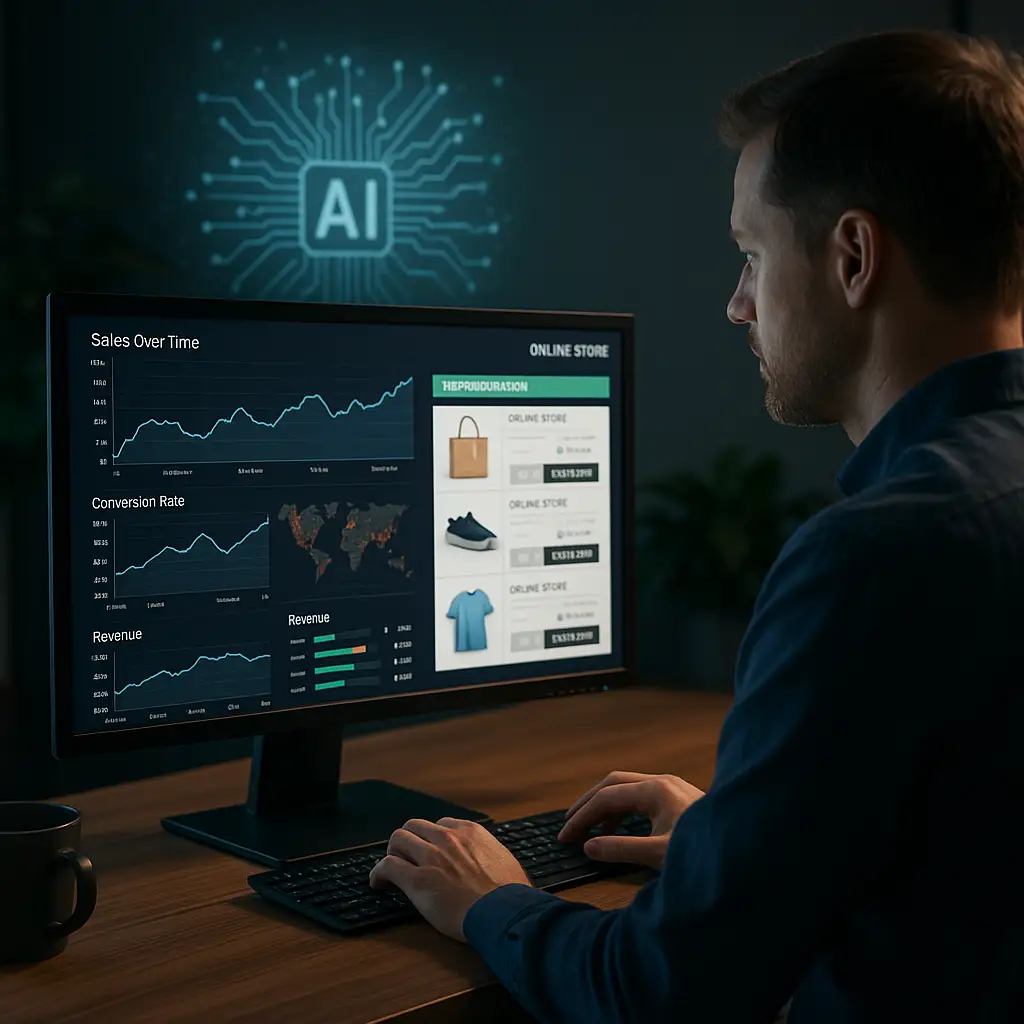
Adaptive Commerce: How AI-Driven Systems Automatically Optimize Online Stores in Real Time

Zero-UI Commerce: How Invisible Interfaces Are Becoming the Future of Online Shopping

AI Merchandising: How Intelligent Algorithms Are Transforming Product Discovery in Modern E-Commerce

Composable Commerce: How Modular Architecture Is Reshaping Modern E-Commerce and Marketplace Develop

Context-Aware Software: How Apps Are Becoming Smarter, Adaptive, and Environment-Responsive

AI-Driven Observability: The New Backbone of Modern Software Systems

Hyper-Personalized Software: How AI Is Creating Products That Adapt Themselves to Every User

Edge Intelligence: The Future of Smart, Decentralized Computing

AI-Powered Cybersecurity: How Intelligent Systems Are Redefining Digital Defense

Modern Software: How Our Company Is Reshaping the Technology Landscape

From Digital Transformation to Digital Maturity: Building the Next Generation of Tech-Driven Busines

AI Agents: The Rise of Autonomous Digital Workers in Business and Software Engineering

Synthetic Data: The Next Frontier of AI and Business Intelligence

Quantum AI: How Quantum Computing Will Redefine Artificial Intelligence and Software Engineering

Design Intelligence: How AI Is Redefining UX/UI and Digital Product Creativity
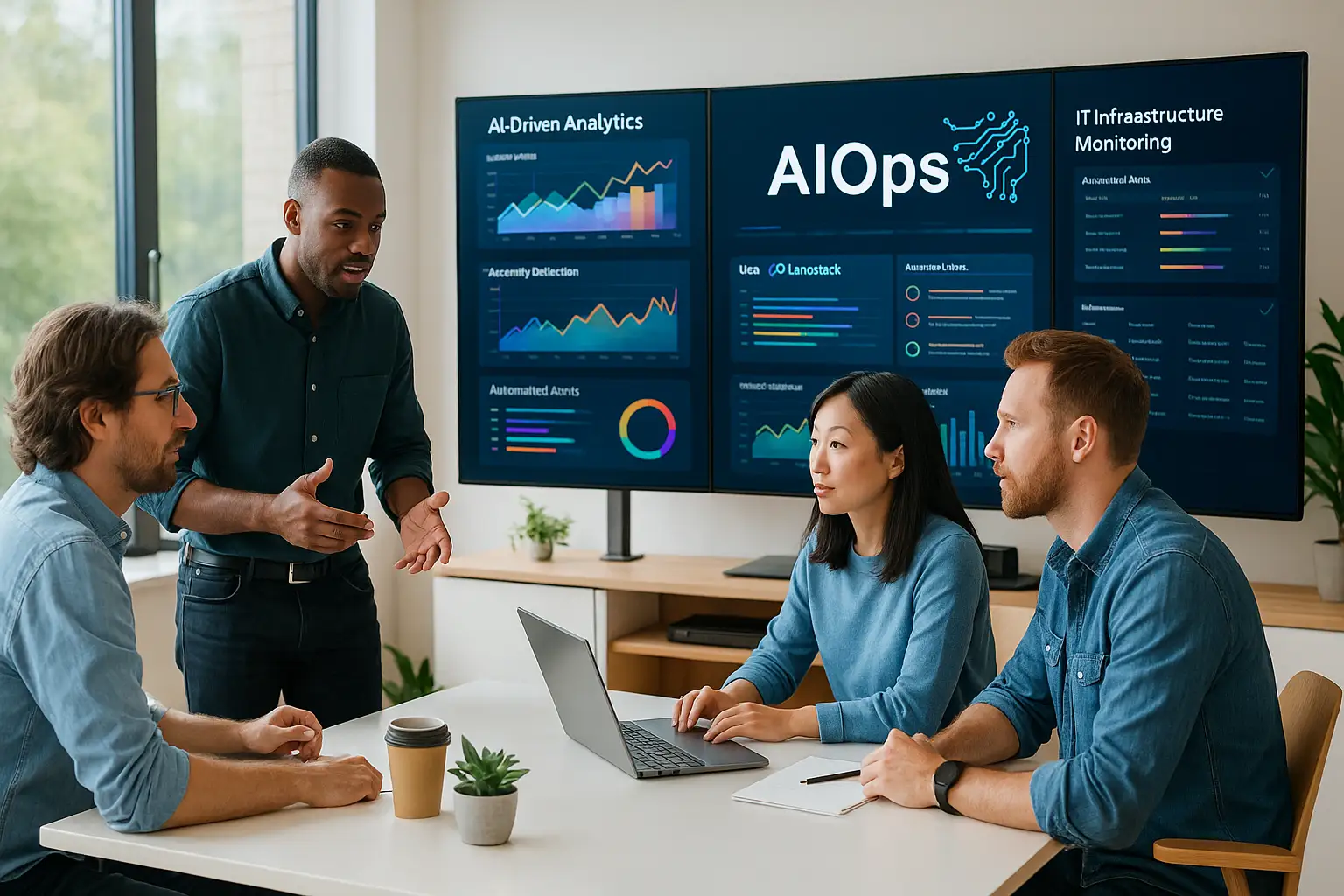
How Artificial Intelligence Is Transforming DevOps and IT Infrastructure

AI Observability in Production: Monitoring, Anomaly Detection, and Feedback Loops for Smart Applicat

Low-Code Revolution: How Visual Development Is Transforming Software and Marketplace Creation

Composable Marketplaces: How Modular Architecture Is the Future of Platform Engineering

AI-Powered Storyselling: How Artificial Intelligence Is Reinventing Brand Narratives
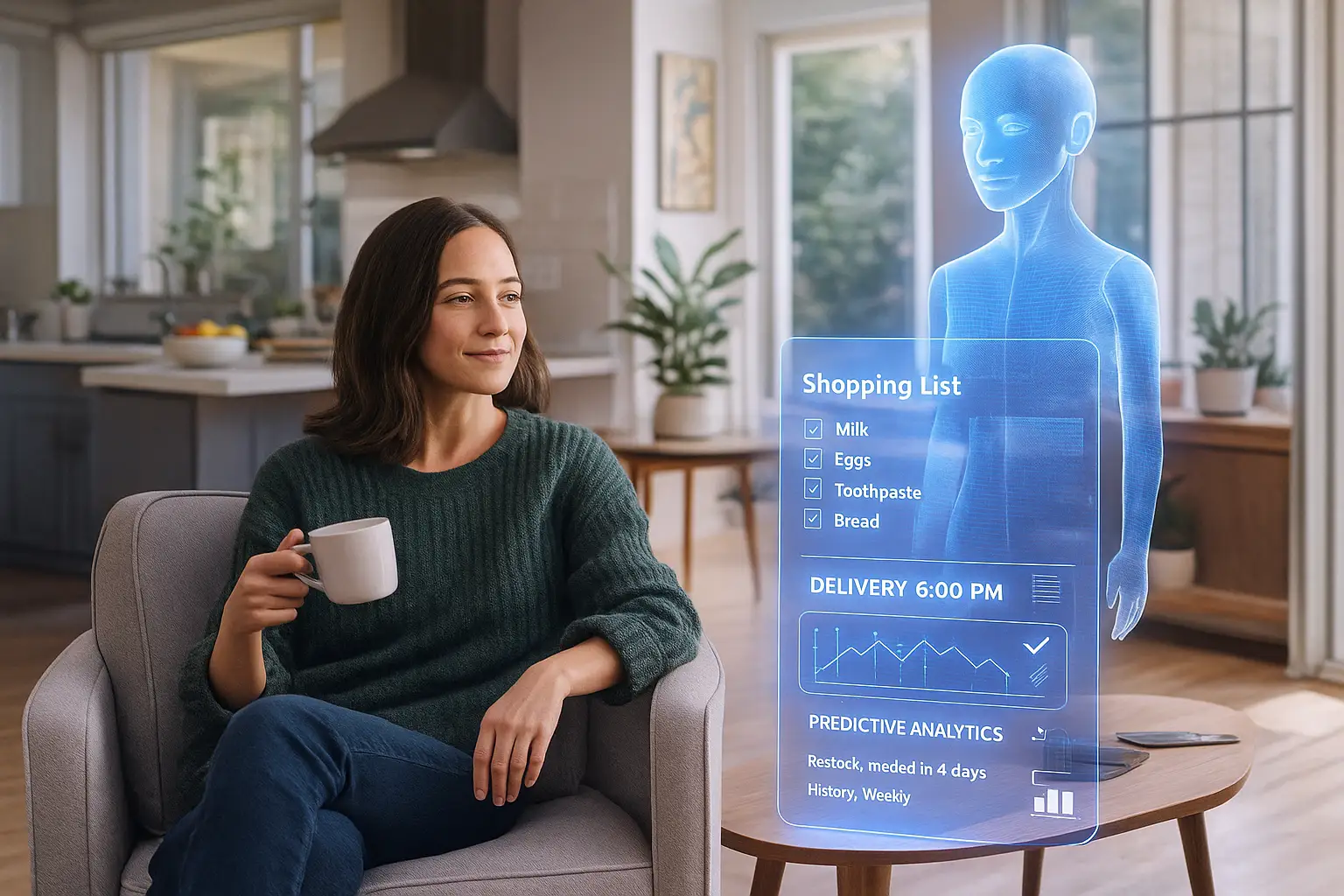
The Era of Invisible Commerce: How AI Will Make Shopping Disappear by 2030

From Attention to Intention: The New Era of E-Commerce Engagement

Predictive Commerce: How AI Can Anticipate What Your Customers Will Buy Next

Digital Trust 2030: How AI and Cybersecurity Will Redefine Safety in the Digital Age

Cybersecurity in the Age of AI: Protecting Digital Trust in 2025–2030

The Future of Work: Humans and AI as Teammates

Green IT: How the Tech Industry Must Adapt for a Sustainable Future

Emerging Technologies in IT: What Will Shape 2025–2030

Growth Marketing – A Fast-Track Strategy for Modern Businesses

AI SEO Tools – 5 Technologies Revolutionizing Online Stores
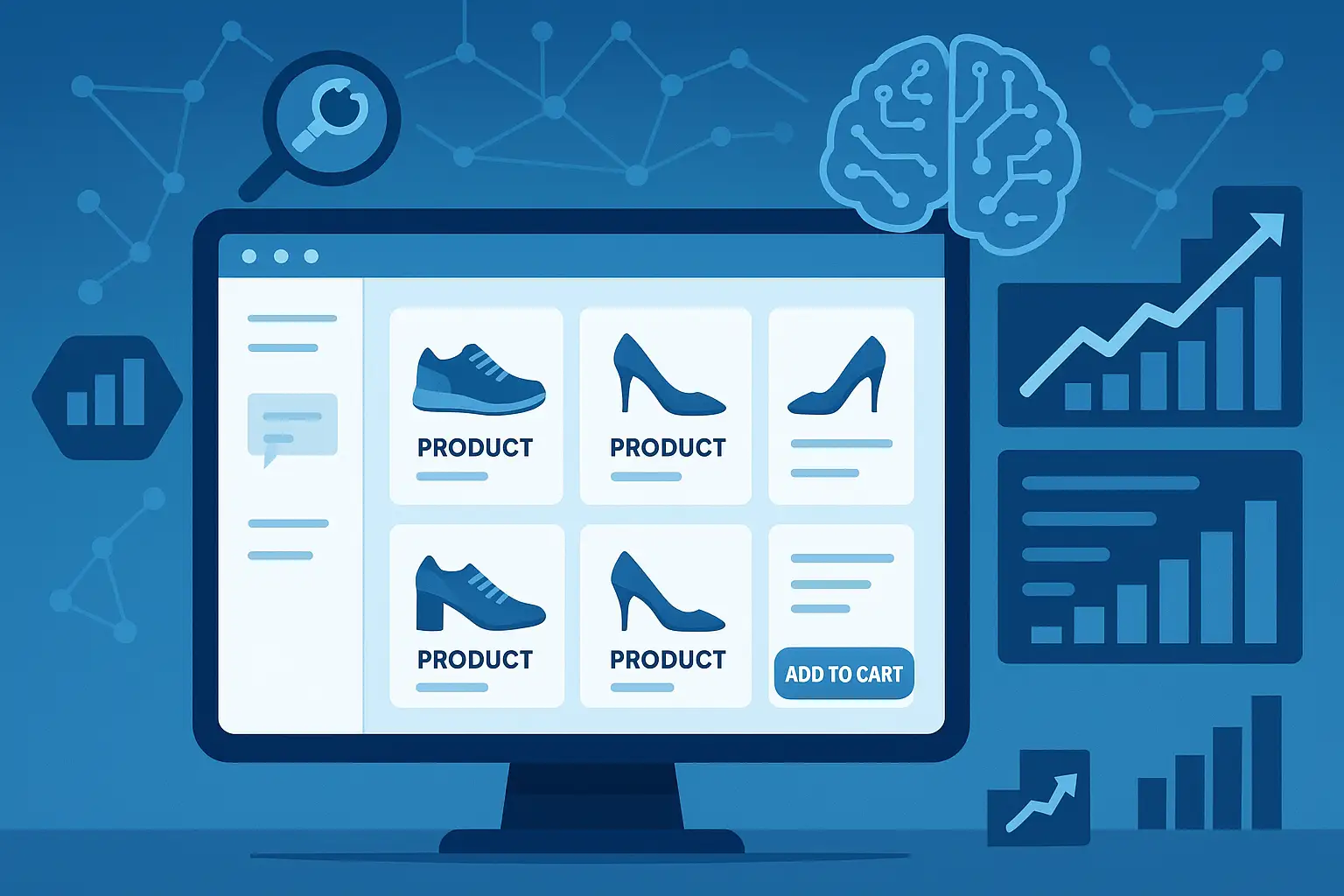
AI SEO – How Artificial Intelligence Is Transforming Online Store Optimization

Technology in IT – Trends Shaping the Future of Business and Everyday Life

Marketplace Growth – How Exchange Platforms and E-commerce Build the Network Effect

Edge Computing – Bringing Processing Power Closer to the User

Agentic AI in Applications – When Software Starts Acting on Its Own
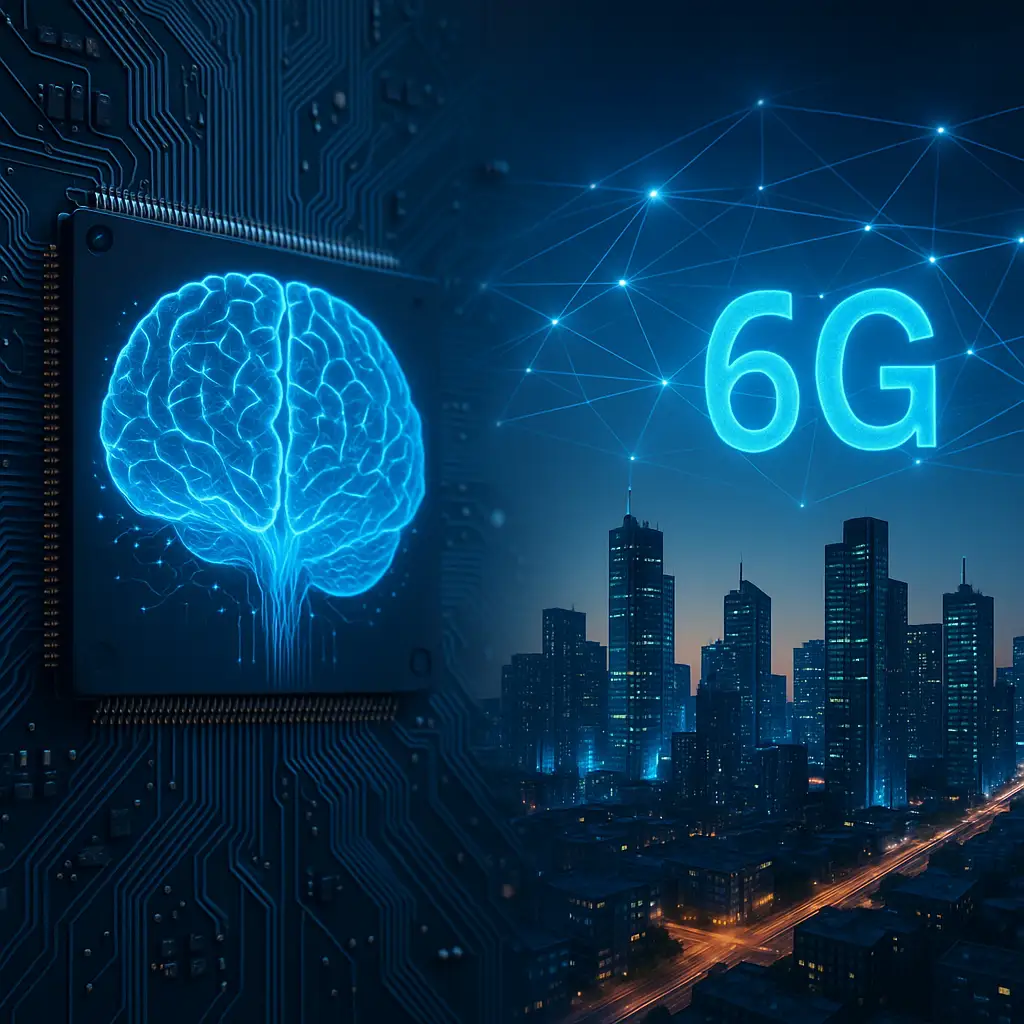
Neuromorphic Computers and 6G Networks – The Future of IT That Will Change the Game
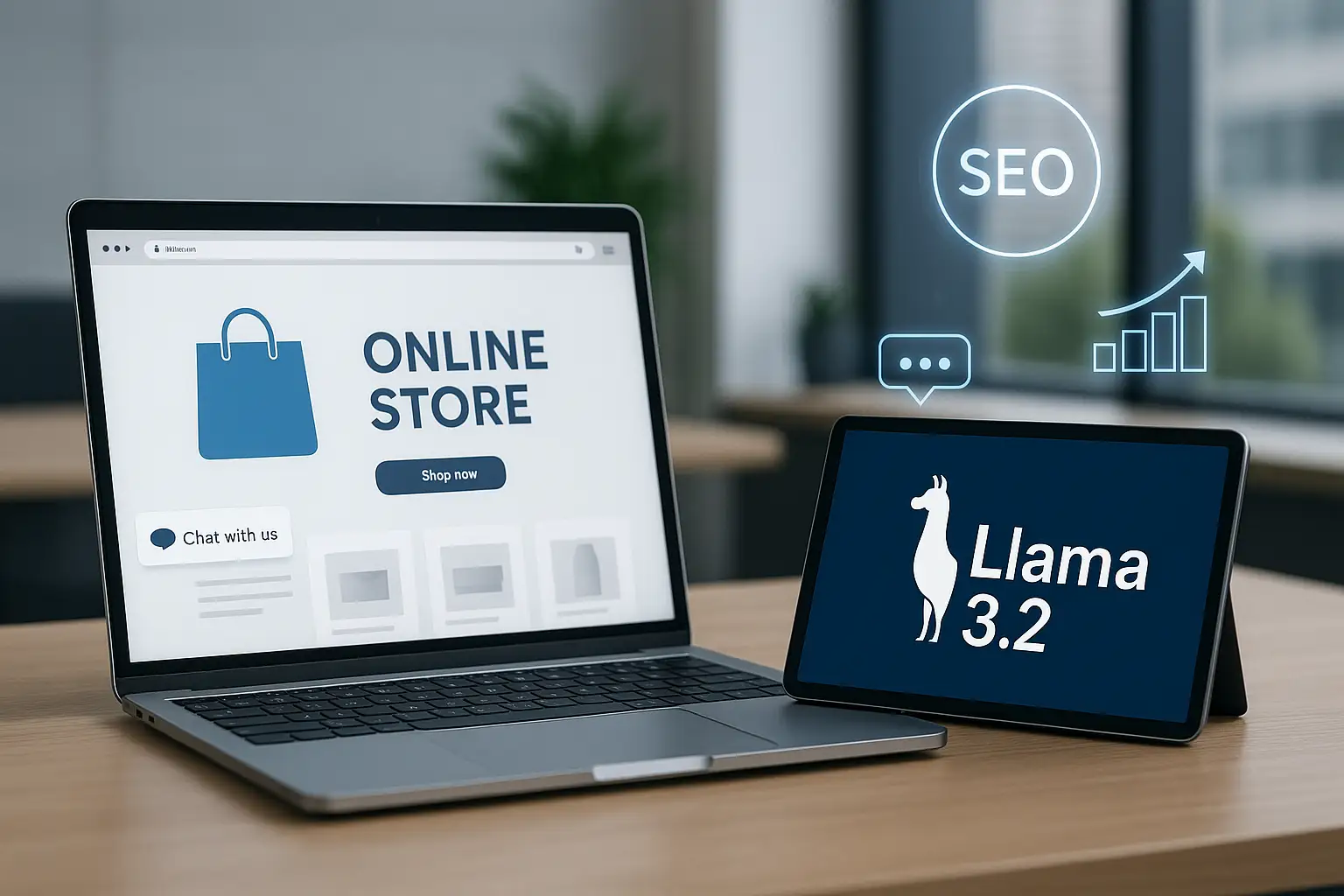
Meta Llama 3.2 – The Open AI That Could Transform E-Commerce and SEO

AI Chatbot for Online Stores and Apps – More Sales, Better SEO, and Happier Customers

5 steps to a successful software implementation in your company

Innovative IT solutions — why invest now?

Innovative software development methods for your business

5 steps to successfully implement technological innovation in your company
